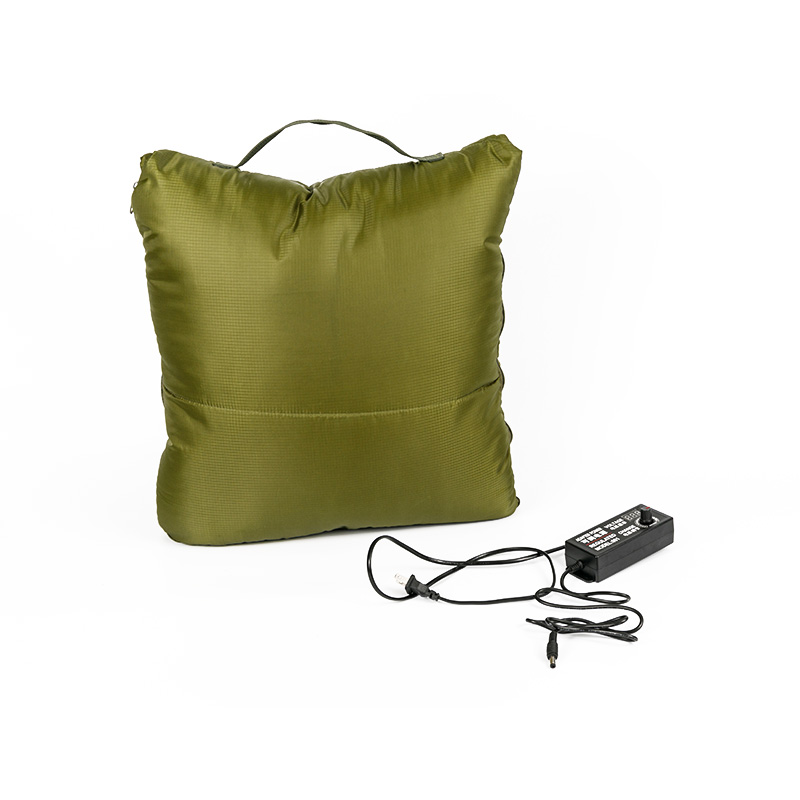As rising temperatures make traditionally hot and sticky Japanese summer months more severe, those toiling outside are turning to the fan-jakketo
T he de rigueur jacket in Japan for this year’s summer season is a functional little number with twin electric fans installed around the lower back. As rising temperatures have made the traditionally hot and sticky Japanese summer months more severe, those toiling outside in particular are turning to the fan-jakketo to make their workdays cooler and safer. Cycling Warm Glove

Blowing air around the inside of the jackets, the fans create a personal micro-environment with a gentle breeze to keep wearers cool when the heat and humidity are at their most punishing.
Former Sony engineer Hiroshi Ichigaya, the jacket’s inventor, found the inspiration for it when he travelled through south-east Asia in 1988 after taking early retirement.
With cities developing rapidly across the region, Ichigaya realised that the air-conditioning systems being installed in all the new buildings would lead to a huge increase in energy consumption, in turn adding to global warming.
His solution was an energy-efficient individual cooling system in the shape of the fan jacket, which he brought to market in 2004 via his newly founded venture, Kuchofuku, which translates literally as “air-conditioned clothes”.
Along with the counterintuitiveness of wearing a jacket in the sweaty summer, early models had a short battery life and occasional malfunctions. Relaunched in 2009, the jackets gradually attracted devotees, and eventually other companies began creating their own versions.
In 2015, power tools and accessories maker Makita released its first fan jacket, a product with obvious appeal among its existing clientele.
“Being a toolmaker, a fair few of our customers are carpenters, builders, farmers – people who work outside in the heat,” said Daisuke Seiki, an assistant manager at Makita’s general affairs division.
“We don’t release sales figures for individual products, but the extreme temperatures of the last few years have certainly been driving demand.”
Like other companies in the sector, Makita now has a wide range of models on the market, equipped with specialist batteries that can keep the fans blowing for more than 60 hours on the most energy-efficient settings.
Among the variations available are hi-vis jackets, fan vests, hooded jackets to circulate air around the head, full bodysuits with fans in the trousers, and denim-style fan jackets for wearing off the job. Makita also sells cold packs that can be placed inside the lining of jackets to further cool the circulating air.
There are currently enough fan jackets on the market for Yahoo Japan to list a top 100 for the category.
Another popular heat-beating innovation in Japan is Reon Pocket, a portable air-conditioner that clips around the neck and sits inside clothing. Born from a Sony startup accelerator programme, the first model was crowdfunded in 2019. Its latest incantation, the Reon Pocket 4, hit shops this year.
Featuring a “smart cool mode”, the device’s sensors detect behaviour such as walking, then automatically adjust the cooling level, keeping the wearer comfortable and extending the battery life.
And if all the hi-tech solutions fail to provide relief from the oppressive heat, there’s always the Japanese tradition of telling ghost stories in summer to give you the chills.
“When you feel fear, one reaction is for your body to pump blood to your internal organs and constrict flow to the blood vessels closer to your skin, making you feel cold all over,” said Yasuko Miura, a researcher, lecturer and author on Japanese culture who specialises in seasonal traditions.
The Buddhist festival of Obon is prime time for blood-chilling stories. Celebrated either in mid-July or mid-August (depending on the region), it honours ancestors, whose spirits are said to make a brief return to the land of the living.
Many Japanese ghost tales revolve around restless spirits, “who bear a grudge or have no family to welcome them back at Obon, and during the Edo period [1603-1867], plays featuring stories of such spirits became a summer tradition,” said Miura.

Winter Vest “Many young people still buy into the tradition, and some will test their courage by going to scary places such as graveyards on hot summer nights.”